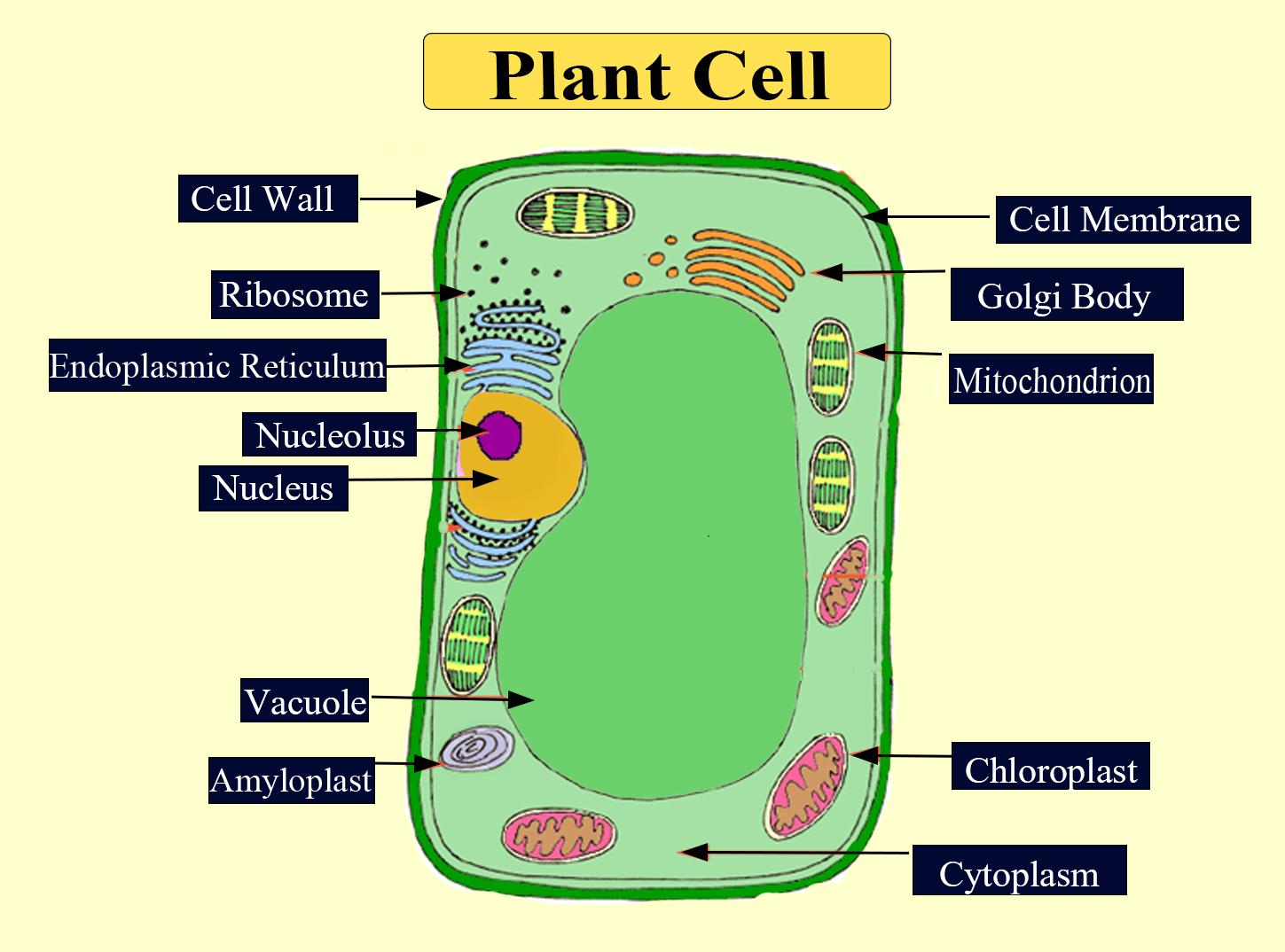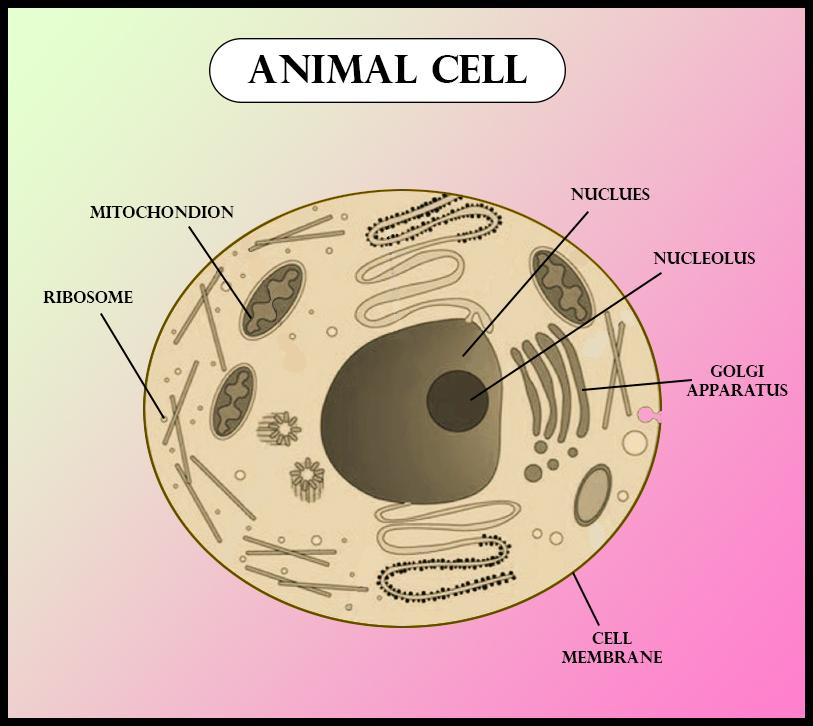
List any six features found both in plant and animal cells.
Answer
548.4k+ views
Hint: A cell is divided into prokaryotic and eukaryotic groups based on the absence or presence of a well-organized nucleus and membrane- bound cell organelles. Plant and animal cells represent eukaryotic cells.
Complete answer:
The eukaryotic cell is further divided into a plant cell and an animal cell based on their properties of the cell wall, chloroplast, and vacuoles.


Six features shared by both plant and animal cells are:
- Both the plant and animal cells are equipped with a well- organized nucleus.
- Ribosomes are attached on surfaces rough endoplasmic reticulum as well as present freely in the cytoplasm in both plant and animal cells.
- Their plasma membrane is semi- permeable and keeps a strict check on the entry and exit of solutes.
- In their cytoplasm, two types of the endoplasmic reticulum can be observed namely smooth endoplasmic reticulum and rough endoplasmic reticulum. The rough endoplasmic reticulum is named so due to its uneven surface with attached ribosomes. The smooth endoplasmic reticulum is devoid of any ribosomes that attach to their surface.
- They both possess cell organelle mitochondria which is the source of aerobic respiration where ATP is produced.
- In both types of cells, post modification of various biomolecules occurs in the cell organelle of the Golgi apparatus.
Note:
- The plant and animal cells differ in some properties. Like, tough, flexible, and rigid layers of cell walls surround the plant cell. This cell wall is absent in an animal cell.
- Chloroplast is an essential organelle for the plant to perform photosynthesis. It is absent in the animal cell.
- A plant cell also does not possess centrioles that are present in an animal cell.
Complete answer:
The eukaryotic cell is further divided into a plant cell and an animal cell based on their properties of the cell wall, chloroplast, and vacuoles.


Six features shared by both plant and animal cells are:
- Both the plant and animal cells are equipped with a well- organized nucleus.
- Ribosomes are attached on surfaces rough endoplasmic reticulum as well as present freely in the cytoplasm in both plant and animal cells.
- Their plasma membrane is semi- permeable and keeps a strict check on the entry and exit of solutes.
- In their cytoplasm, two types of the endoplasmic reticulum can be observed namely smooth endoplasmic reticulum and rough endoplasmic reticulum. The rough endoplasmic reticulum is named so due to its uneven surface with attached ribosomes. The smooth endoplasmic reticulum is devoid of any ribosomes that attach to their surface.
- They both possess cell organelle mitochondria which is the source of aerobic respiration where ATP is produced.
- In both types of cells, post modification of various biomolecules occurs in the cell organelle of the Golgi apparatus.
Note:
- The plant and animal cells differ in some properties. Like, tough, flexible, and rigid layers of cell walls surround the plant cell. This cell wall is absent in an animal cell.
- Chloroplast is an essential organelle for the plant to perform photosynthesis. It is absent in the animal cell.
- A plant cell also does not possess centrioles that are present in an animal cell.
Recently Updated Pages
Master Class 12 Business Studies: Engaging Questions & Answers for Success

Master Class 12 Economics: Engaging Questions & Answers for Success

Master Class 12 English: Engaging Questions & Answers for Success

Master Class 12 Maths: Engaging Questions & Answers for Success

Master Class 12 Social Science: Engaging Questions & Answers for Success

Master Class 12 Chemistry: Engaging Questions & Answers for Success

Trending doubts
What is meant by exothermic and endothermic reactions class 11 chemistry CBSE

Which animal has three hearts class 11 biology CBSE

10 examples of friction in our daily life

One Metric ton is equal to kg A 10000 B 1000 C 100 class 11 physics CBSE

1 Quintal is equal to a 110 kg b 10 kg c 100kg d 1000 class 11 physics CBSE

Difference Between Prokaryotic Cells and Eukaryotic Cells




